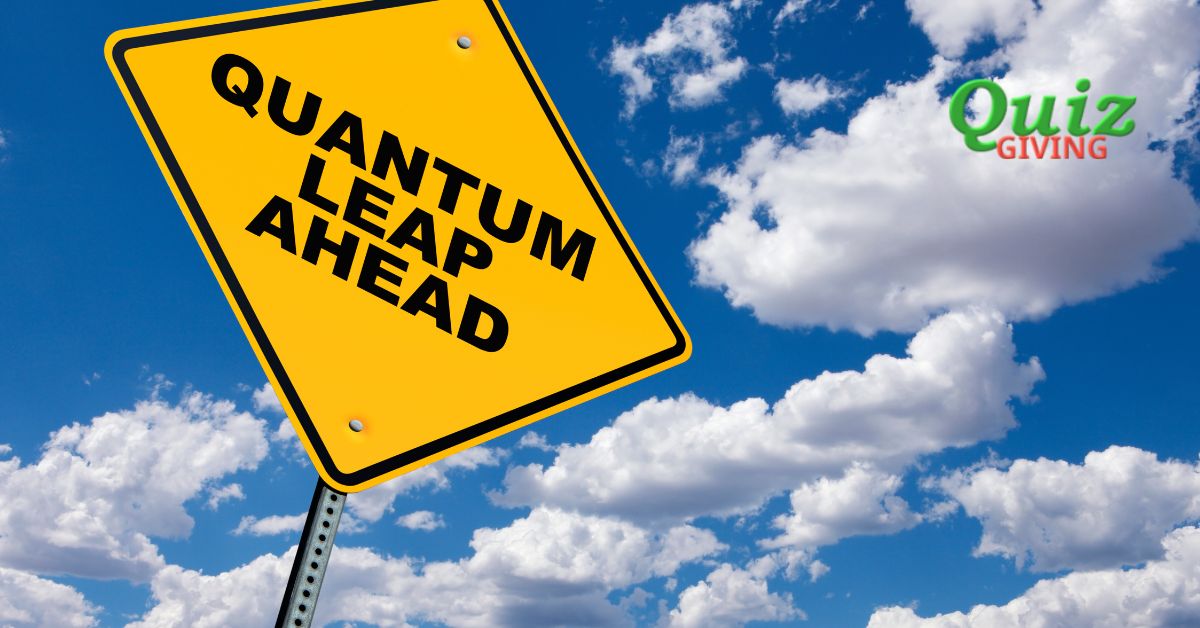Are you ready to take a quantum leap in your knowledge? Dive into the fascinating world of physics with our Special Theory of Relativity Quiz! Developed by the brilliant mind of Albert Einstein, this groundbreaking theory revolutionized our understanding of space, time, and the universe itself. In this quiz, you’ll explore the mind-bending concepts of time dilation, length contraction, and the famous equation E=mc². Test your understanding of the theory’s key principles and see if you can wrap your head around the concept of time slowing down as you approach the speed of light. Challenge yourself and discover just how much you know about one of the most profound scientific theories of all time. Don’t miss out on this opportunity to expand your knowledge and have some fun along the way. Take the quiz now and see if you’re ready to make a quantum leap in your understanding of the Special Theory of Relativity!

